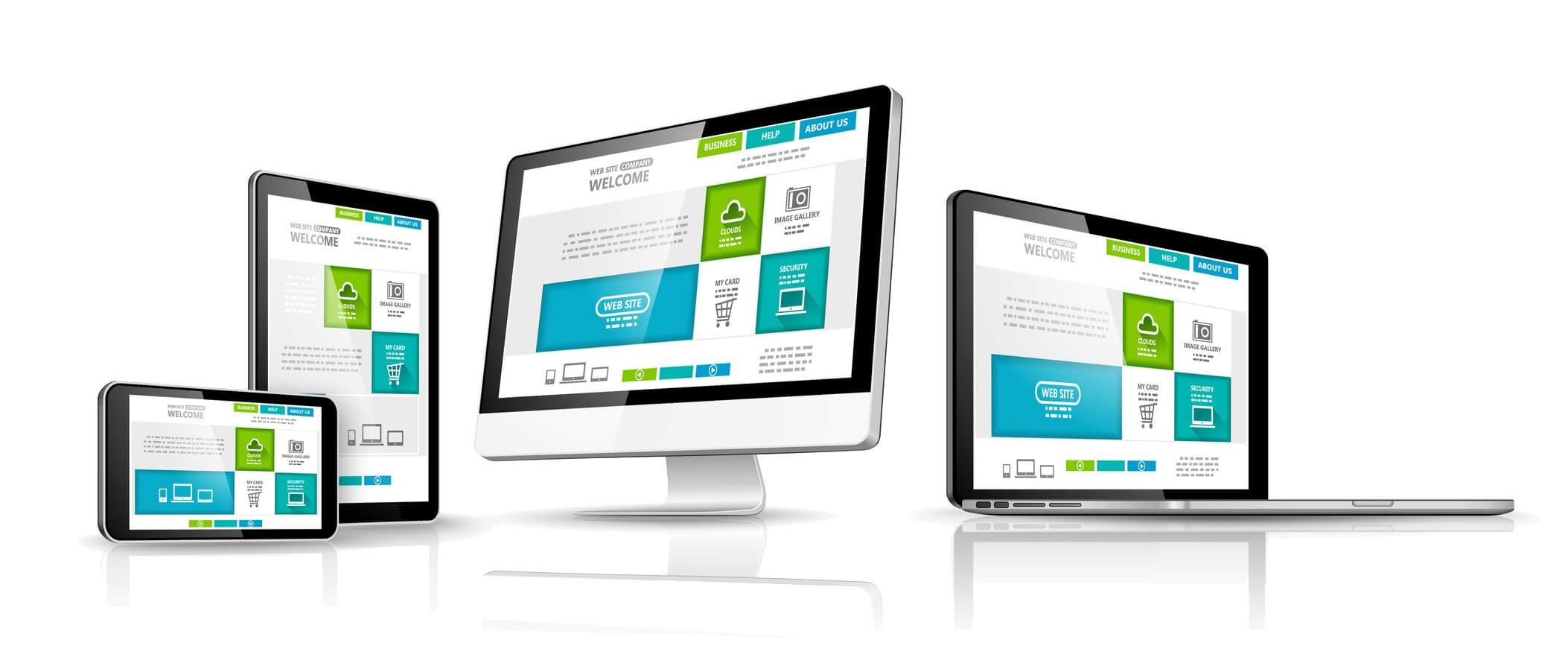the modern digital world, having a pleasing to the eye website is just the surface regarding drawing in and retaining visitors. The link of effective web design and SEO is essential for any business aiming to grow its digital footprint. This article delves into the strong connection that exists between website design and SEO, analyzing how the two elements work hand in hand to improve visibility, user experience, and ultimately, conversions.

A lot of businesses overlook the importance of SEO-friendly web design, assuming that a beautiful layout alone will capture user attention and drive traffic. However, without a solid SEO strategy integrated into the design process, the most visually appealing websites may struggle to attract organic traffic. From website speed and mobile-friendliness to navigation and content structure, all facets plays a important role in how search engines rank your website. As we explore 10 essential web design elements that boost SEO performance, you will learn how to create a site that both looks great but also ranks well on search engines, ensuring long-term business growth.
The Synergy Between Website Design and Search Engine Optimization
Effective web design and Search Engine Optimization are interconnected disciplines that, when aligned, can significantly enhance a site's visibility and performance. A beautifully designed website can attract visitors, but without enforcing effective SEO measures, it won't achieve the desired online presence. By combining design aesthetics with search optimization techniques, businesses can create a captivating user experience while ensuring search engines identify and rank their content effectively.
Effective web design impacts search rankings through multiple elements such as loading speed, mobile-friendly design, and structured layouts. Users expect quick-loading and user-friendly websites; if these expectations are not met, they are likely to exit the site, increasing user abandonment and adversely affecting search rankings. By focusing on intuitive navigation and well-written code, web designers can help improve better SEO performance while improving user experience.
Moreover, the combination of premium visuals, optimized images, and concise headings not only fulfills aesthetic purposes but also aligns with search engine goals. Search engines appreciate well-structured content that incorporates keywords naturally, and a thoughtful design helps showcase this content effectively. Ultimately, recognizing the synergy between web design and Search Engine Optimization can lead to substantial business growth and a stronger online presence.
Main Factors of Search Engine Optimized Website Design
An effective web design layout must emphasize user experience while including SEO techniques. One of the fundamental elements is responsive design, which makes sure that your website performs optimally across all devices. As more users access sites on smartphones, Google has changed its algorithms to support mobile-friendly websites. This indicates that having a responsive design not only improves user experience but also plays a critical role in enhancing your search engine optimization performance.
Another key element is website speed, which substantially impacts both search engine optimization and user engagement. Lagging sites can frustrate visitors, leading to higher bounce rates and lower engagement levels. To enhance loading times, web designers should compress images, make use of browser caching, and cut down on HTTP requests. A speedy website not only holds visitors interested but also indicates to Google that your site is high-quality, causing better rankings.
The structure and organization of your site are also crucial for SEO. A well-structured site with user-friendly navigation helps search engines navigate and catalog your pages efficiently. Employing SEO services Nashville TN -defined hierarchy with suitable heading tags (H1, H2, H3) can help in making your content more accessible. Additionally, adding internal linking strategies can enhance user engagement and promote better search engine optimization outcomes by connecting related information throughout your site.
Shifts Shaping the Next Era of SEO and Web Design
As we gaze towards the future, one of the most prominent movements in SEO and web design is the heightened emphasis on user experience. Search engines are evolving to highlight websites that provide seamless and user-friendly navigation. This change means businesses have to focus on developing interfaces that not only capture users but also keep them interested. A thoughtfully designed design that promotes simple navigation can dramatically impact SEO rankings, enhancing exposure and customer happiness.
A further key trend is the integration of cutting-edge technologies such as machine intelligence and automated learning into web design strategies. AI-driven tools can help analyze customer interaction to refine design elements for improved performance. This includes everything from customized content alerts to adaptive interfaces that transform based on user interaction, further merging the lines between effective aesthetics and SEO practices. Businesses that utilize these advancements will have a competitive edge in capturing and retaining users.
Lastly, mobile-first design continues to prevail as consumers increasingly rely on their smartphones for internet access. A mobile-friendly design that ensures peak performance on all platforms is no longer a choice; it is vital for strong SEO. Search engines favor mobile-friendly sites in their rankings, so businesses have to prioritize mobile usability in their web design processes. The future of SEO and web design will without a doubt revolve around designing holistic experiences that meet user preferences on multiple devices.
